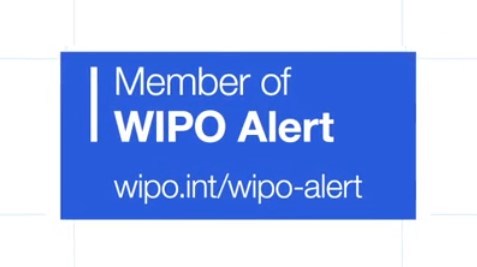 Around the world, there is a variety of blocking schemes targeted at pirate sites. Some require ISPs to block access, while others focus on advertisers.
Around the world, there is a variety of blocking schemes targeted at pirate sites. Some require ISPs to block access, while others focus on advertisers.
The idea behind the advertising blocklist is that pirate sites are unable to survive without revenue. While it’s no silver bullet, there is some anecdotal evidence that this strategy can be effective.
Advertising blocklists are not new but, until a few years ago, these were relatively local. Pirate sites, however, often cater to a global audience. This lack of coordination motivated the World Intellectual Property Organization (WIPO) to develop a global system based on input from countries around the world.
WIPO Alert Blocklist
WIPO, which is part of the United Nations, was founded more than 50 years ago with the aim of protecting intellectual property. This includes combating online piracy, something it hopes to facilitate with its “WIPO Alert” blocklist.
The goal of the project is simple; allow stakeholders from member states to report problematic sites and share the resulting list with advertisers, so they can block bad apples. This should result in less money going to pirate sites, making it harder for them to generate profit.
The “WIPO Alert” system stayed mostly under the radar but we’ve kept a close eye on the project. Thus far, 11 countries are participating; Brazil, Ecuador, Italy, Japan, Lithuania, Mexico, Peru, Republic of Korea, Russia, Spain and Ukraine.
The number of domain names included in the databases is also growing rapidly but keeping track of the changes is hard, as WIPO is not publishing much detail in public.
This limited transparency isn’t WIPO’s choice. Talking to TorrentFreak, WIPO’s legal counsellor Thomas Dillon explains that many of the participating countries prefer to keep the details private, as they don’t want to ‘promote’ pirate sites.
“What holds us back from publishing the database is that some participating Contributors consider that it would be undesirable to make their lists generally available, as this would effectively advertise the infringing websites.
“WIPO is really bound therefore to leave the issue of publication for decision at the national level,” Dillon adds.
7,717 Domains, 4,042 Active
The organization is trying to get as much information out under these restrictions and was kind enough to share some further details. For example, that there are now 7,717 domains listed in the database.
Pirate sites comes and go and some change domains, so many of the listed names are no longer active. According to WIPO, 4,042 of the domain names in its database point to a working site at the moment.
Without sharing any names, WIPO said that the majority of the targeted sites have a .com domain, followed by .net, .ru, and .org.
In an effort to provide more transparency the organization made another major change a few days ago. The public is now allowed to search the database to see if a specific domain is listed.
Not all countries signed up for this. Thus far, Italy, Russia, Spain, Peru, Ecuador, and Lithuania have agreed to add domains to the searchable portion of the WIPO Alert database but not all information is complete yet as it’s still being rolled out.

As shown above, a quick search for “thepiratebay.org” reveals that it’s on the advertising blocklist in Italy and Spain, while “fmovies.to” is blocked in Lithuania and Italy.
Appeals?
With the added transparency, WIPO makes its easier for site operators to check whether they are listed and potentially appeal. Until recently, this was not possible.
“We are constantly trying to enhance the system – in this case, site operators who are concerned that their sites might be listed on WIPO ALERT can carry out a check and contact the national authority concerned if necessary,” Dillon tells us.
WIPO itself remains a neutral intermediary that merely operates and facilitates the blocklist system. The organization doesn’t proactively notify site operators to inform them that they’re being targeted.
“WIPO does not attempt to contact the affected domain operators – notification and appeal procedures are a matter for the national agencies,” Dillon notes.
Similarly, WIPO doesn’t evaluate whether a site should be blocked or not, it simply takes on the recommendations from the participating countries, who often have their own checks and balances.
14 Advertising Companies
The effectiveness of the advertising blocklist doesn’t only depend on the number of listed domains. How many advertising companies are participating is equally important.
The WIPO Alerts system is free of charge and open to all advertising agencies. Thus far, fourteen commercial companies and three trade organizations have joined and WIPO informs us that it’s in the process of signing up another international media group.
Blocking brand ads on pirate sites undeniably has an effect since it limits the advertising options for pirate sites. How effective it is in cutting off the money supply has yet to be seen, however, as there are still plenty of advertisers left who are eager to team up with pirates.
With more advertisers joining and additional domain names being blocked every year, we expect the WIPO Alerts database to grow accordingly. We plan to check in again next year to see where things stand then.





